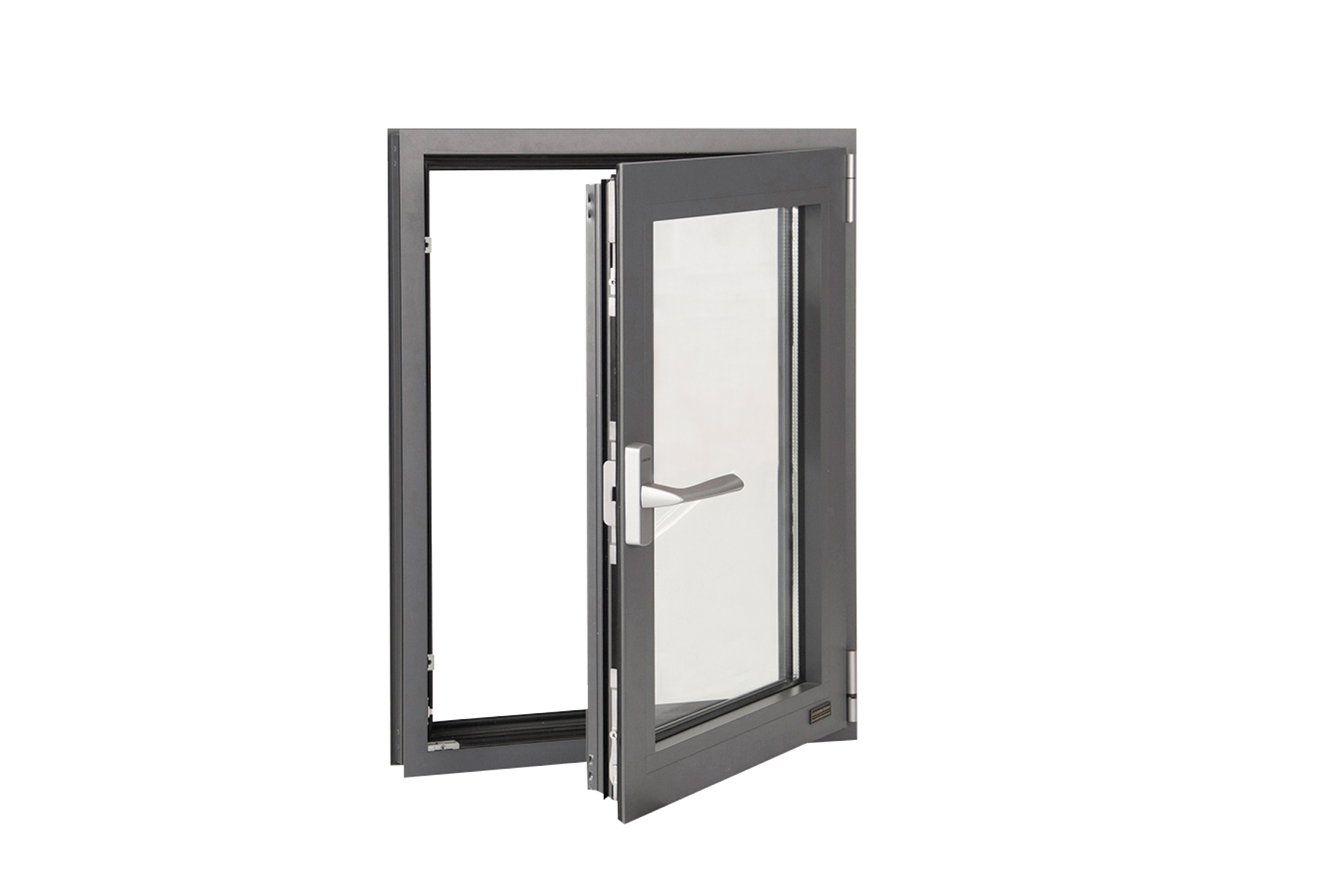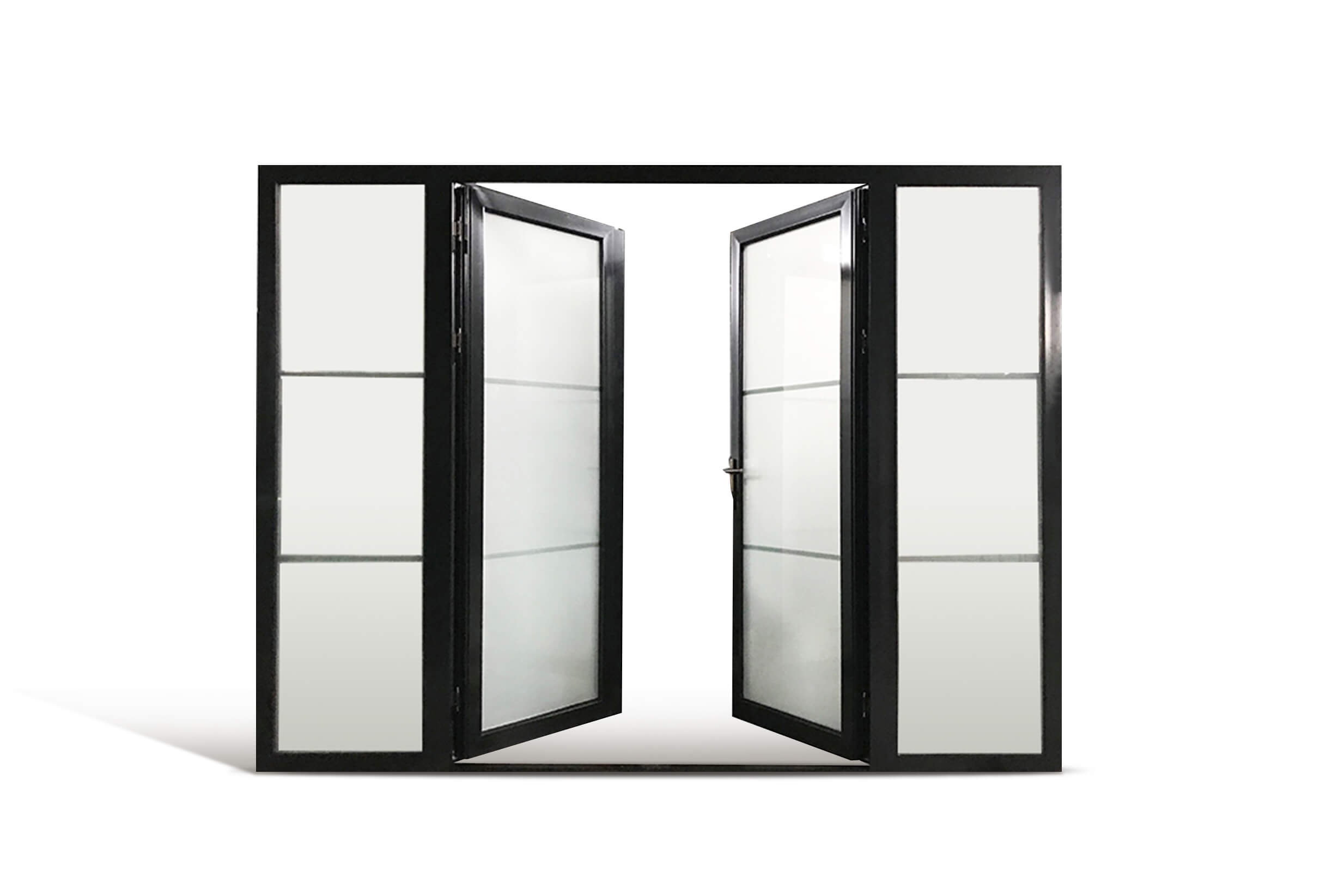Achieving a Safe and Secure Environment with Clean Room Interlock Doors
Creating a controlled environment that is free from contamination is crucial in various industries such as pharmaceutical, healthcare, and electronics manufacturing. Clean rooms play a vital role in maintaining the purity of the air and preventing the introduction of pollutants. One essential component of a clean room is the interlock door system, which ensures the integrity of the controlled environment.
The interlock door system is designed to regulate access and prevent the simultaneous opening of multiple doors, thereby minimizing the risk of contamination. This system consists of electronically controlled doors that operate in synchronization and can only be opened one at a time. It provides an additional layer of security and helps maintain the required cleanliness and pressurization levels within the clean room.
Benefits of Clean Room Interlock Doors
1. Contamination Control: Clean room interlock doors act as a barrier to prevent contaminants from entering the controlled environment. The interlocking mechanism ensures that only one door can be opened at a time, reducing the chances of airborne particles, microorganisms, or other pollutants from being introduced into the clean room.
2. Enhanced Safety: The interlock door system improves safety within the clean room facility. By limiting access to one door at a time, it prevents unauthorized personnel from gaining entry and helps in the event of an emergency by controlling the flow of people.
3. Regulatory Compliance: Clean room facilities need to adhere to strict industry standards and regulations. Interlock doors assist in meeting these requirements by providing an extra layer of control and security. Compliance with regulations ensures product quality, safety, and reliability.
Features of Clean Room Interlock Doors
1. Door Synchronization: Clean room interlock doors are designed to operate in synchronization. This ensures that only one door can be opened at a time, avoiding air turbulence and the potential for contamination. The doors are electronically interlocked, creating a seamless and controlled access system.
2. Access Control Integration: Clean room interlock doors can be integrated with access control systems. This allows authorized personnel to gain entry using identification methods such as key cards, biometrics, or PIN codes. Integration with access control enhances security and provides a log of who accessed the clean room and when.
3. Status Indicators: Interlock doors feature status indicators to provide visual feedback. These indicators show the current status of each door, indicating when a door is locked, unlocked, or in use. Such indicators ensure that users are fully aware of the state of the doors before attempting to access the clean room.
Installation and Maintenance
Installing and maintaining clean room interlock doors require expertise and precision. It is essential to consult with professionals who have experience in clean room systems to ensure proper installation and compliance with industry standards.
Regular maintenance and calibration of the interlock door system are necessary to ensure its optimal performance. Such maintenance includes checking for any malfunctioning doors, calibrating the synchronization, and inspecting the access control integration.
Conclusion
Clean room interlock doors provide an indispensable solution for achieving a safe and secure environment in clean room facilities. By controlling access, minimizing contamination risks, and enhancing safety, these doors help uphold regulatory compliance and maintain the integrity of the controlled environment. Professionals should be engaged for the installation and maintenance of clean room interlock doors to ensure their proper functioning and integration with the clean room system.
custom clean room interlock door

 Picture Windows
Picture Windows Single Double Hung Windows
Single Double Hung Windows Tilt & Turn Windows
Tilt & Turn Windows Sliding Windows
Sliding Windows Bi-Fold Windows
Bi-Fold Windows Gliding Patio Doors
Gliding Patio Doors Bi-Fold Doors
Bi-Fold Doors Lift and Slide
Lift and Slide  Entry Doors
Entry Doors Swinging Doors
Swinging Doors




.jpg)
.jpg)